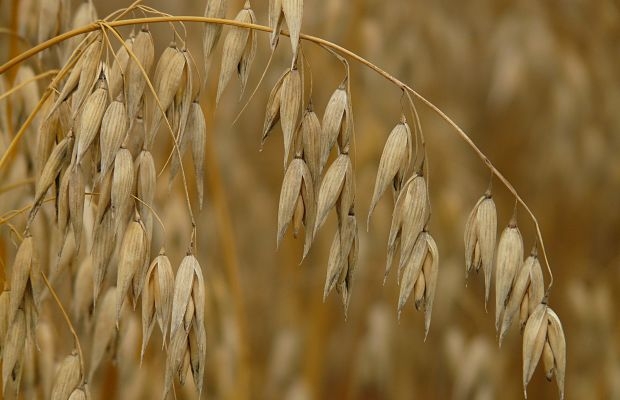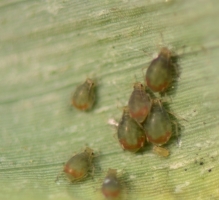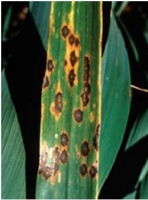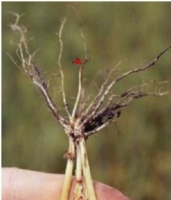Weston-11: It has been released in 1978 for cultivation in Punjab. Plants have height of about 150 cm. Grains are long and amber in color.
Kent: It is suitable for growing in all areas of India. Average plant height is 75-80 cm. This variety is resistant to rust, lodging and blight. It gives fodder yield of 210 qtl/acre.
OL-10: Suitable for cultivation in all irrigated areas of Punjab. Seeds are of medium size. Gives average fodder yield of 270 qtl/acre.
OL-9: Suitable for cultivation in all irrigated areas of Punjab. Seeds are of medium size. Gives average seed yield of 7 qtl/acre and fodder yield of 230 qtl/acre.
OL 11: Released in 2017. It gives an average yield of 245qtl/acre. The plants are leafy, long and wide leaf.
Other States Varieties
Brunker-10: It is a quick growing variety having fine, narrow, smooth leaves. It is resistant against drought. It can be cultivated in areas of Punjab, Delhi, Haryana and Uttar Pradesh.
HFO-114: It is suitable for cultivating in all oat growing areas. It was released in 1974 by HAU, Hisar. This variety is tall and it is resistant to lodging. It has bold seeds and has an average yield of 7-8 qtl/acre of seed.
Algerian: This variety is suitable for irrigated areas. Average plant height is 100-120 cm. It has slow early growth and light green color leaves.
OS-6: Suitable for cultivation in all areas of India. Gives average green fodder yield of 210 qtl/acre.
Bundel Jai 851: Suitable for cultivation in all areas of India. It gives average green fodder yield of 188 qtl/acre.























